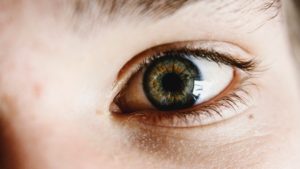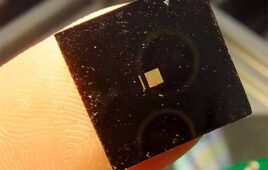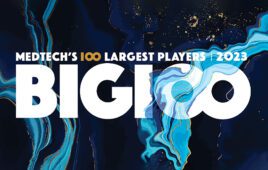
[Image courtesy unsplash.com]
Those who have normal vision have functioning photoreceptors in their eyes. Light enters the retina through the photoreceptor cells that convert the light into electrical signals and passes them on to the brain. Those signals get transmitted into a neural code that the brain can use to create images. Those who have non-functioning photoreceptors have a weakened ability to convert light into brain signals, which is what causes blindness.
Approximately 285 million people worldwide have some sort of visual impairment, according to the World Health Organization. Of those numbers, 39 million are blind and 246 million have low vision. About 43% of the causes of vision impairment comes from uncorrected refractive errors.
AGTC and Bionic Sight are using optogenetics to stimulate any healthy cells that are still in the retina. Using Bionic Sight’s neuroprosthetic device, the stimulated cells receive a neural code, resulting in the restoration of normal neural signaling in patients with blindness or visual deficits from retinal disease.
Bionic Sight’s device uses a camera with proprietary software to turn images into retinal code that will activate optogenetic proteins from adeno-associated virus gene therapy. When the ontogenetic proteins are activated, the emit signals in specific patterns that create images for the brain to pick up.
Optogenetics uses light activation from engineered light-sensitive ion channel proteins that respond to different colors and activates neurons. Optogenetic therapy, also known as light therapy, has been used in the past to modify depression- and anxiety-related behaviors, according to a Journal of Psychiatry and Neuroscience article relayed by the National Institutes of Health. Scientists have also used this therapy to treat Parkinson disease and Alzheimer’s disease.
[Want to stay more on top of MDO content? Subscribe to our weekly e-newsletter.]




